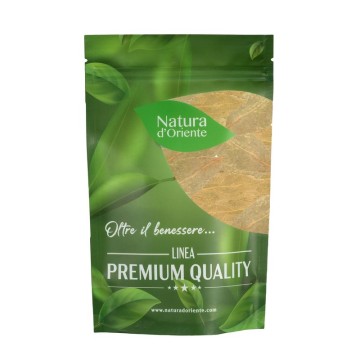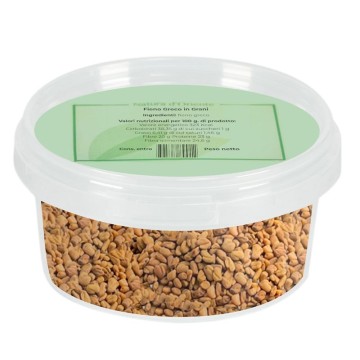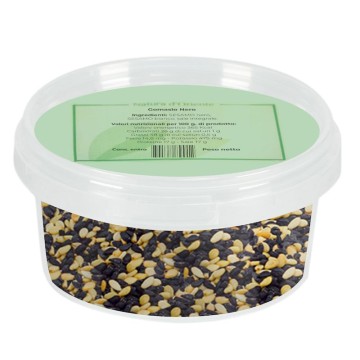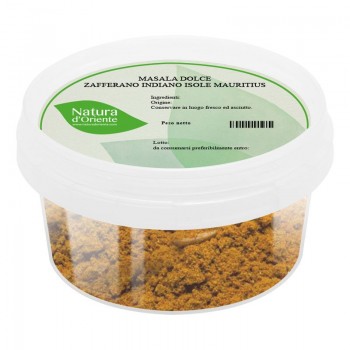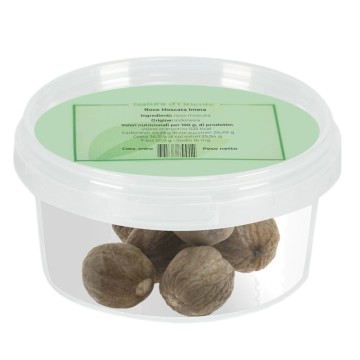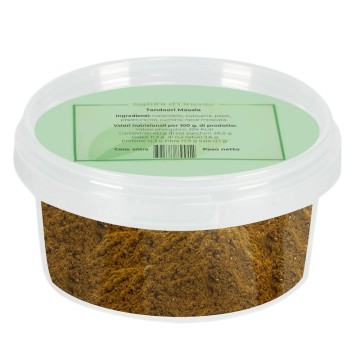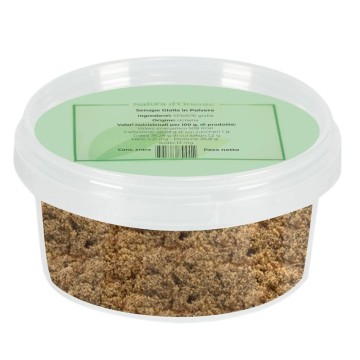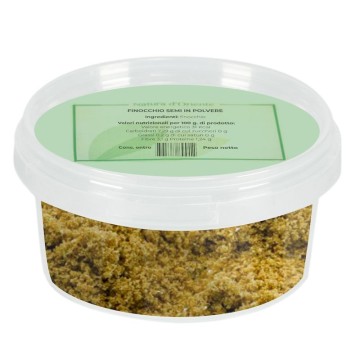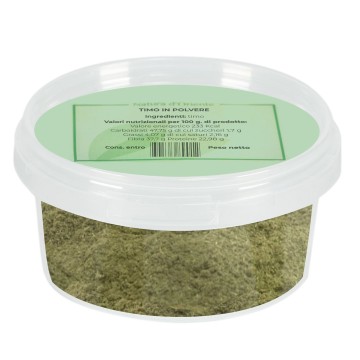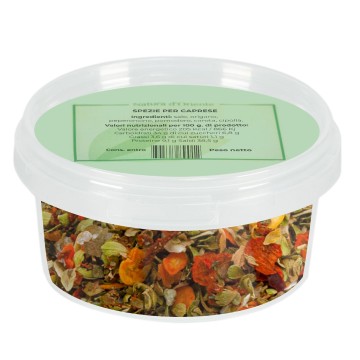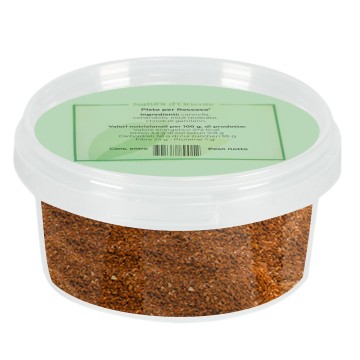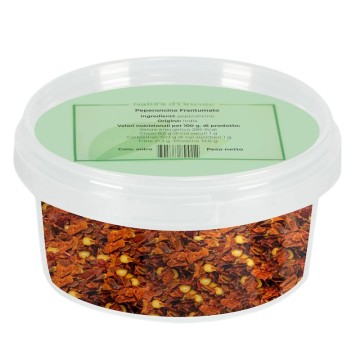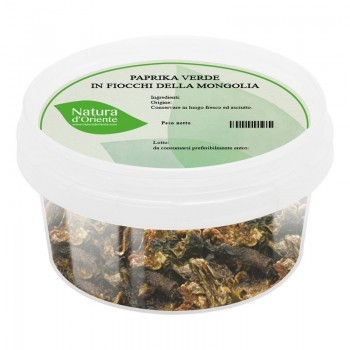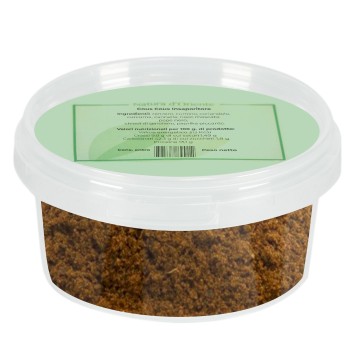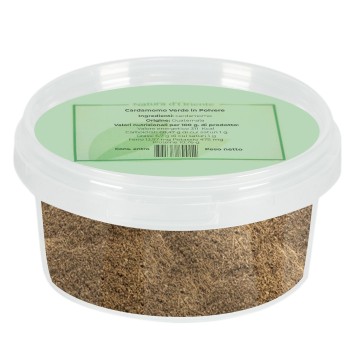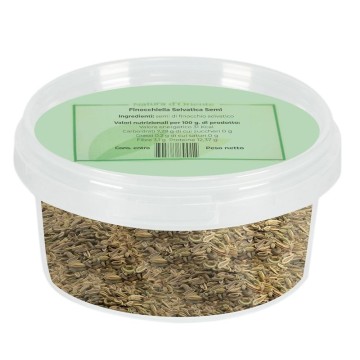In Thailand, making green curry paste is very common, but it is just as convenient to use a ready-made curry paste. Among the many varieties of Thai curry, this green delight stands out for its intense aroma and color. In this version of green curry paste, richly scented, the ingredients combine many flavors and smells in a complex way. The fruitiness and spiciness of the chili peppers combines with the floral and herbaceous notes of lemongrass, lime and galangal. The intoxicating depth of the ground spices combines with the “umami” flavor of the shrimp paste. A balance also enhanced by the presence of elements such as spinach and shallots, which give vegetal hints and consistency. The result is a green curry paste rich in all nuances: salty, sweetish, spicy and sour. The resulting seasoning is light, not very pungent in the heat and very fragrant. The complex flavor makes this curry paste very popular in recipes based on meat, fish or vegetables. As per tradition, this green curry is an essential part of Thai cuisine, highly sought after for its original flavour and often combined with coconut milk to give a full-bodied addition to the dish.
The spices of Thai green curry paste
The blend combines 9 ingredients including spices and vegetables, to render the exotic taste of Thai cuisine.
Garlic adds a strong and pungent flavour to the curry; it enhances the flavour of the chilli pepper and balances the vegetal elements.
The chilli pepper unleashes the spicy heat to give a pungent edge to the paste, in balance with the sweeter aromas.
Coriander gives a light herbaceous note to curry pastes, a slightly citrusy sweet flavour; as well as a fresh aroma.
The shallot provides a delicate flavour reminiscent of the attenuated onion and garlic; slightly aromatic, it gives a delicate note to the pasta.
Galangal is the spice that adds a flavor between sweet and pungent, similar to pepper and ginger. Its strong aroma can evoke lemon.
Lemongrass adds an aroma reminiscent of lemon and a fresh flavor, with a sour and pungent aftertaste. It intensifies the fragrant and delicate notes of the curry.
The shrimp paste becomes the thickening element, with a spicy and umami taste, which gives a bit of saltiness and aromas of the sea to the curry paste.
The kaffir lime (or combava) gives a pungent and astringent taste, with a citrus scent with notes of rose and jasmine.
The spinach adds the intense green color and a flavor between salty and bitter, with vegetal notes that harmonize with the chili pepper.
Using Thai Green Curry Paste in the kitchen
This aromatic green curry reveals its complex flavor, much appreciated especially in central Thailand. The paste is made up of a few ingredients that balance each other, even the spicy note is noticeable. Thais pair this curry with fish, shrimp and any local vegetables available. It adds flavour to rice and soup recipes.
Green curry paste is a convenient, ready-to-use paste that can be used to add flavour to dishes as they are being prepared (without having to toast and grind all the ingredients). It is often paired with coconut milk in Thai cooking to add flavour to the paste and tone down the spiciness. The coconut milk, spinach and Kaffir lime help balance the spice level.
You can fry it in oil to enhance the flavours as you prepare dishes; stir-fry it or use the curry sauce/paste as a cooking liquid.
Thai cuisine: The most common use of curry paste is in soups and stews. The curry paste is fried and ingredients such as chicken, pork or tofu are often added. Coconut milk and vegetables are added afterwards, before simmering for a flavourful, tender dish. There is no shortage of recipes for Jasmine rice with green curry, and vegetarian dishes such as bamboo shoots with green curry.
Meat and fish: Pasta is a key ingredient in Thai chicken with green curry, and beef skewers with green curry and basil oil. Traditional Gaeng Keow Wan uses green curry paste for thinly sliced chicken or fish breast. It allows for an intense and exotic aroma in dishes based on white meat, chicken or fish balls, shrimp, shellfish and seafood. It can add flavor to salmon and as a savory base for a dish of mussels or clams.
Savory recipes: Pasta is the best seasoning for vegetable soups, enhances the flavor of roasted or sautéed vegetables (zucchini, fagiolini, onions, green eggplants, etc.). It is widely used to enhance the aromas of rice recipes, noodles sautéed in broth, and to flavor pan-fried tofu. Try it in egg-based dishes and on potatoes for an exotic touch.
Sauces: it can be combined with yogurt or mayonnaise to create tasty sauces, with coconut milk for curry sauces. It can be used for marinating, especially fish - brush with green curry paste and coconut milk and leave to marinate before cooking (roasting or steaming).
The green pigment in the curry paste makes for bright, colorful dishes - just a teaspoon is enough.
Green Curry Mushroom and Shrimp Soup
Ingredients:
Thai green curry paste - 1 cup coconut milk - 1 cup vegetable or chicken stock - 200g white button mushrooms, thickly sliced - 12 medium-sized shrimp, shelled and cleaned - sugar and salt to taste - a handful of sweet or Thai basil leaves - 2 tablespoons fish sauce - 1 tablespoon lime juice - 3 red or green chillies, finely sliced
Directions
Place the Thai green curry paste in a saucepan, add the coconut milk and stock. Bring to a gentle boil. Simmer gently for about 5 minutes, then add the mushrooms. Cook for a couple of minutes until the mushrooms are tender, then add the prawns. When the prawns turn pink (2 to 3 minutes, depending on size), turn off the heat and season the soup to taste with salt and sugar. Add the basil leaves. Meanwhile, make the chilli sauce by combining the ingredients: fish sauce, lime juice and sliced chillies, set aside. To serve, pour the soup into bowls and accompany it with the chili sauce (about 1 teaspoon per bowl).
Origins and History of Thai Green Curry
In Thailand, curry originates from the Asian tradition of creating a spicy sauce or paste by mixing spices and aromatic herbs. Curry is usually used as a base for creating meat, fish or vegetable dishes, served with rice or noodles. Its history comes from trade between ancient Siam and India, and branches out into regional culture with many variations. In the southern part of Thailand, for example, the climate favors the cultivation of pepper and turmeric, spices introduced by contacts with India and Malaysia. In green curry paste, turmeric is usually absent, while ingredients such as lemongrass and kaffir lime stand out.
The history of Thai curry coincides with both Indian trade contact and the work of Buddhist missionaries who used tamarind, cumin, shallots and lemongrass in their cooking. Around the 4th century, Siam (ancient name for Thailand) began to change its cuisine, and in the 13th century, nam prik was born, a type of thick Thai paste with ingredients that notably included lemongrass, fish sauce, peppercorns and tamarind. Nam prik is now a universal sauce for many Thai dishes, including gaeng, kaeng, gang or geng - now known as Thai curries. From the 14th century, kapi, or shrimp paste, was added to these ingredients, giving the paste a deep, umami flavour. With the arrival of Portuguese traders in the 16th century, hot peppers arrived, which gave Thai cuisine an extra flavour in the mix of sweet, sour, bitter, salty and spicy ingredients. The word “curry”, on the other hand, was introduced by the British during the colonial period in India. It referred to the mixture of spices in typical local dishes through the sauce “kari” (curry). From this name, the Thai green curry paste is also defined.
In 2002, the Thai government created the Global Thai Program, for the promotion of Thai restaurants and flavors around the world, choosing to include three standardized Thai curries: red, yellow and green. Green curry is native to central Thailand, sweet and spicy at the same time, and is often made with fresh rather than dried chili peppers.

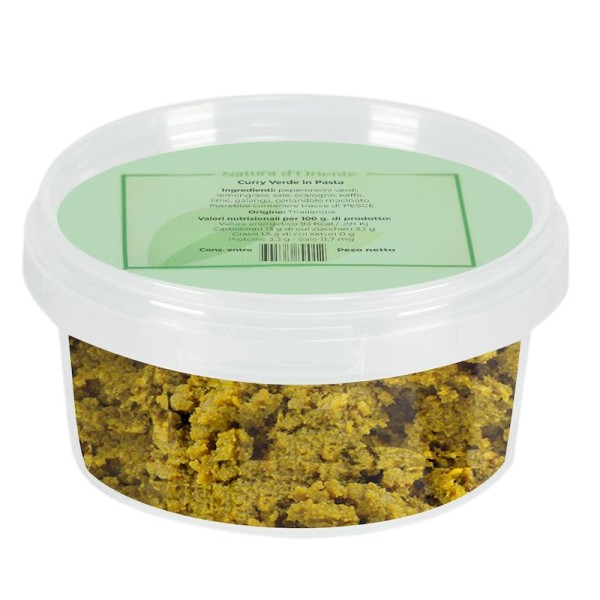









 No reward points for this product.
No reward points for this product.
